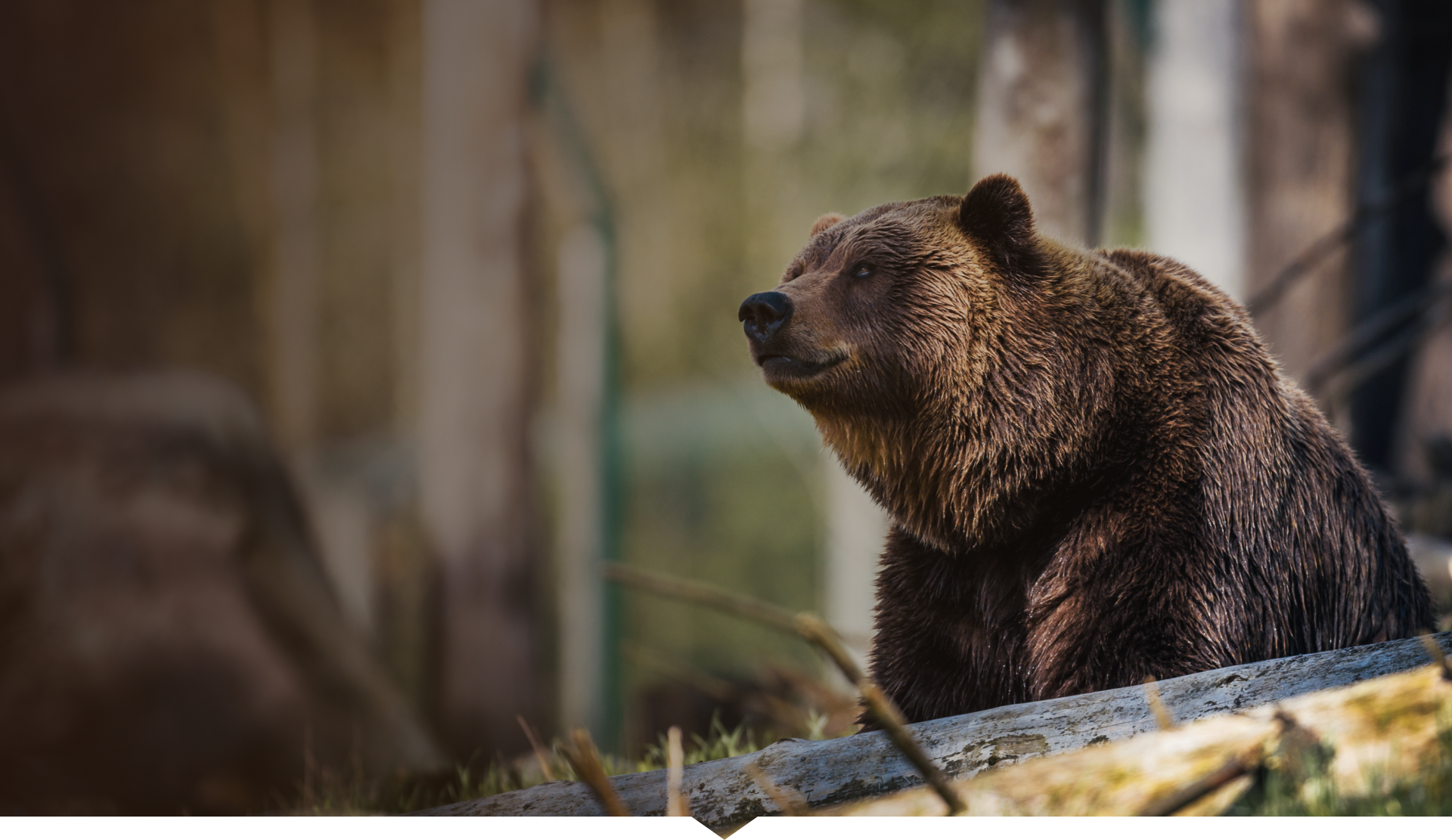Hieronder treft u een verslag van het interview met Free the Bears directeur Nev Broadis. Het artikel verscheen op 25 april in de Brisbane Times. De foto is gemaakt door Peter Yuen. Free the Bears is al jarenlang partner van Alertis.
Titel: Chinese demand for bear-bile keeps Free the Bears director
Zoologist Nev Broadis committed to the conservation cause last century when the world looked "pretty ugly".
"Going in to the 90s, we were hearing a lot more about environmental destruction. I remember the clean-up operation for the Exxon Valdez and the destruction of the Amazon rainforest — thousands of hectares each week, global warming, and coral bleaching on the Great Barrier Reef: all things that were very prominent," says the south-east Asia-based Broadis, 34. "There were also the dancing bears and bear-baiting," he adds.
Broadis is the regional director of the Australian non-profit Free the Bears. Free the Bears increasingly serves Indochina's sun bears, Asiatic black bears and India's sloth bears. When rescuing a bear from the forest, if it is caught in a snare it must be sedated by dart gun. In other cases involving cages, Broadis and his team coax captives into a travel crate. Or the creatures are young and "handleable", he says, adding, "There is nothing typical about rescuing bears: no two situations have ever been the same."
Broadis' taxing, hands-on, high-powered role demands the following qualities: patience, understanding, a good sense of humour, and a good knowledge of the illegal wildlife trade and the factors driving it now and which will do so in future. Today, the trend is toward hand-rearing cubs that should be with their mothers, he says.
The toughest part of his job is facing the realisation that a captive bear must be abandoned: "It's tough leaving, say, a bile farm. Leaving all those bears, knowing that their faces are staring at your back as you leave," he says, adding that most farms and farmers are well-connected: they apparently operate "in spite of the law". The hardest lesson his animal welfare work has taught him is not everything about bears is black and white.
"Most people just say: 'Why can't you just put them back in the forest?' It's not that simple. Their habitat is disappearing at such an astounding rate that there is often nowhere to put them back to," he says.
From Scotland, Broadis is the son of an electrical engineer father and youth-worker mother. After earning a Glasgow University zoology degree, he worked as a research associate in South America, the Caribbean and Australia. In 2003, a Free the Bears volunteer friend introduced him to the non-profit and Broadis ventured to Cambodia to see if he could lend a hand. Now in charge of some 60 staff, he is contracted to do a 50-hour week but works double, he says. As crises arise, he rushes around Indochina, embedded in Laos one moment, Cambodia the next, daily rewarded by rescued bears' happy faces, he says.
According to him, Free the Bears has rescued over 800 from the bile trade, which hinges on extracting a kind of acid from bear gall-bladders, for traditional Chinese medicine use. Because some consumers believe bear bile remedies work wonders, the substance is valuable. Broadis refuses to say how valuable in US dollars because the information "kind of drives the trade", he says.
"Not everyone will say, 'Wow that's so bad.' Some will say, "Hmm, that's cheap — I might buy some,"' he says.
In theory, bear bile is worthless because science judges it all myth, no medicine. The biggest myth surrounding Broadis' field is that humans can treat the earth how they like and she will recover, he says. Still, he insists that the chances of bears bouncing back are good – if we act now.


